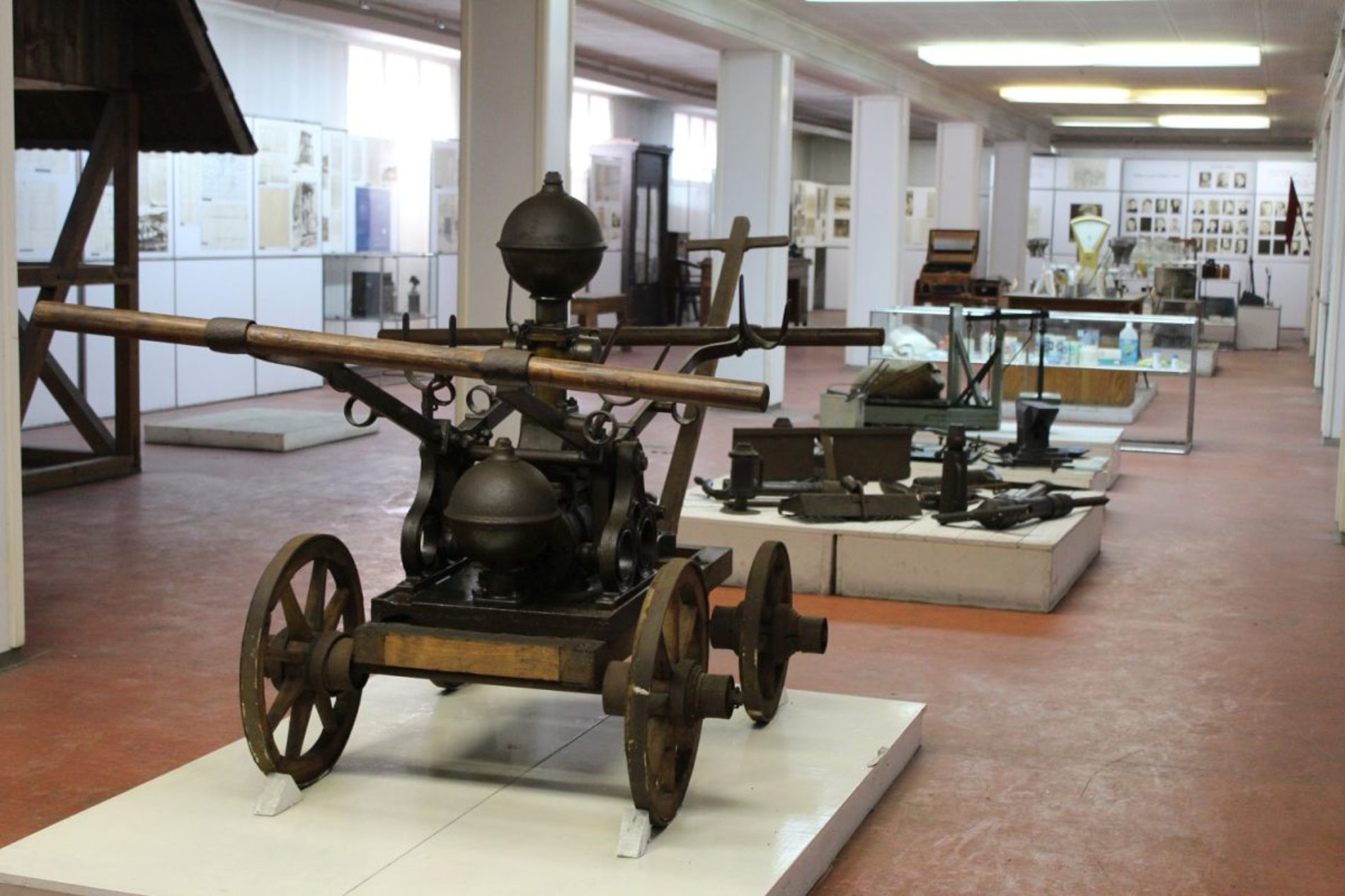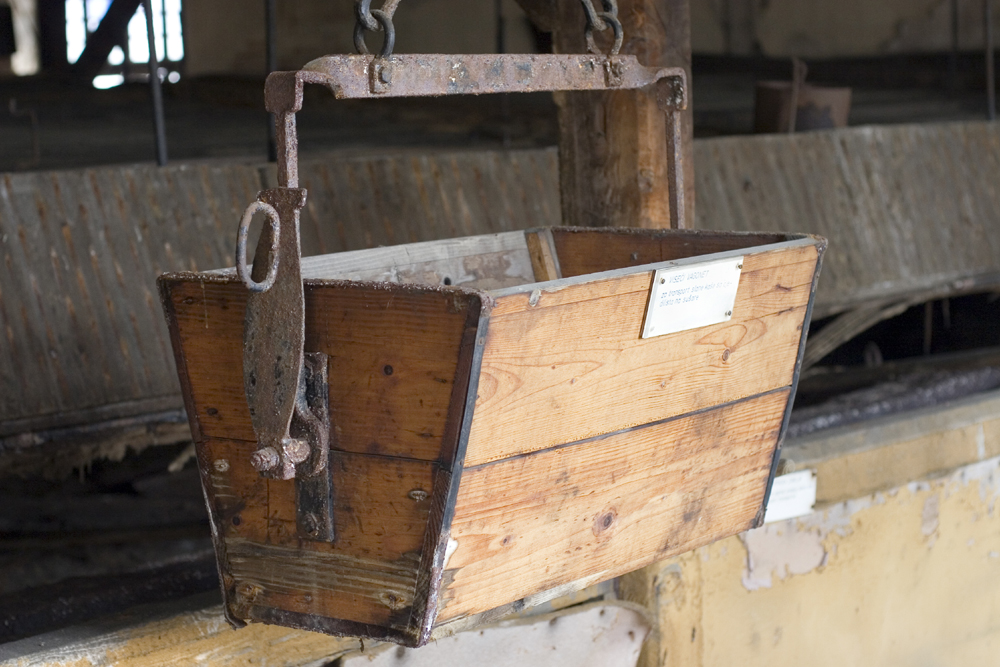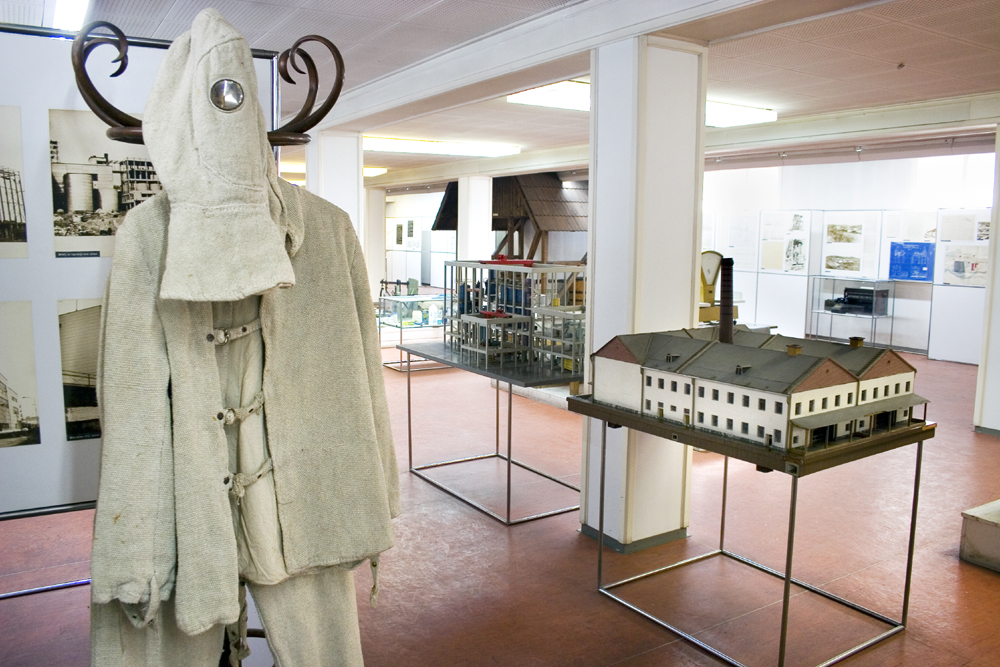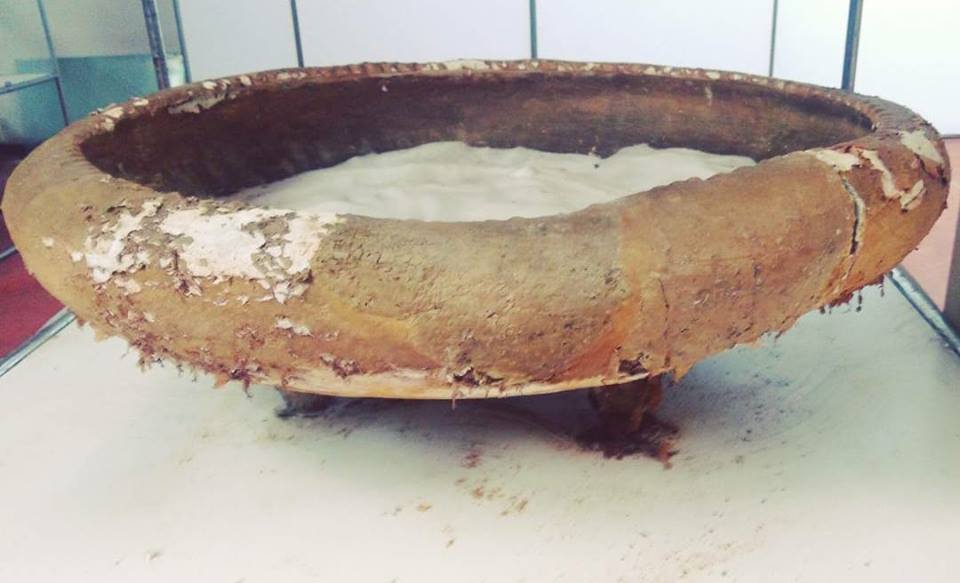The purpose of the museum is to preserve the tradition of extracting salt from water and to keep the memory of our industrial heritage alive

Salt water has been exploited and salt has been produced in Tuzla from the Neolithic era to this day. Archeological evidence dating back five to six thousand years proves the existence of a Neolithic settlement in the center of Tuzla. The name Soli was first mentioned in historic documents in 1225 as a large parish or the land of Soli (salt). From ancient times to this day the area in the vicinity of Tuzla has been named after its most important natural resource—salt.
With a 133-year long tradition of industrial salt production, Tuzla Salt Factory is one of the oldest companies in Bosnia and Herzegovina and the oldest company in food production business in B&H. Since ancient times, salt production has been based on the closed circuit principle which ensures absolute protection against potential external factors and pollutants.
In processing salt water simple tools used to be used: a frying pan, a three-legged stool, a hand stirrer, a bucket and a keg. They were wooden because since it is resistant to corrosion. According to the information recorded in Ottoman records towards the end of the Ottoman rule in B&H, 467 thousand oka, which is a Turkish unit of weight, of salt was produced in Tuzla per year. Salt that was produced was packaged in sacks, sackcloth bags and baskets coated with a fabric on the inside. Salt was transported by hired coachmen on horse-drawn wagons.

INDUSTRIAL HERITAGE
You can understood the entire production process by visiting the Salt Museum located in the Tuzla Salt Factory complex. Salt Museum was opened in 1975 as a part of the factory—an old production plant was shut down to open the museum. The last three old pots used to boil salt water were shut down at the time, and the production plant was turned into a museum.
The purpose of the museum is to preserve the tradition of extracting salt from water and keep the memory of our industrial heritage alive and the memory of the way salt had been extracted back in the Neolithic period, and to preserve such a facility and transform it into a museum. That is why it is of great value not just to Tuzla but for B&H in general, because Salt Museum is the place where you can understand the overall historical development cycles of one of the oldest cities in the Balkans.
Exhibits on display at the Museum are arranged in such a way to tell the story of how salt was produced and which traditional tools were used in salt factories in different periods of history following the developments in salt production through time, from the Neolithic era to Socialist Yugoslavia, as well as to show written documents and images throughout these eras. The Museum also houses a large collection of highly valuable pieces of art, paintings and sculptures created by renowned artists.

NATIONAL MONUMENT
The Commission for Protection of National Monuments of Bosnia and Herzegovina has designated the old Kreka salt factory, the Salt Museum along with movable heritage, the salt wells complex with a pump station and a salt well from the Ottoman era, as a national monument of Bosnia and Herzegovina. In doing so, it honored salt production in Tuzla. This Museum, just like many other museums throughout B&H, is a part of Tuzla’s and Bosnia and Herzegovina’s contribution to the world and European cultural and civilizational heritage.
OLDEST EXHIBIT
The oldest exhibit of the Salt Museum is a Neolithic frying pan which was used to boil water to remove salt from it. The Museum has a replica of such a frying pan, but it is made of the original fragments dating back to the Neolithic era. There is also an original frying pan which was used to boil water to remove salt from it dating back to the Ottoman era. The oldest written document at display is the 1189 trade agreement between Bosnian sovereign, Kulin Ban, and Dubrovnik treating salt monopoly.
